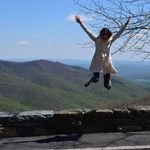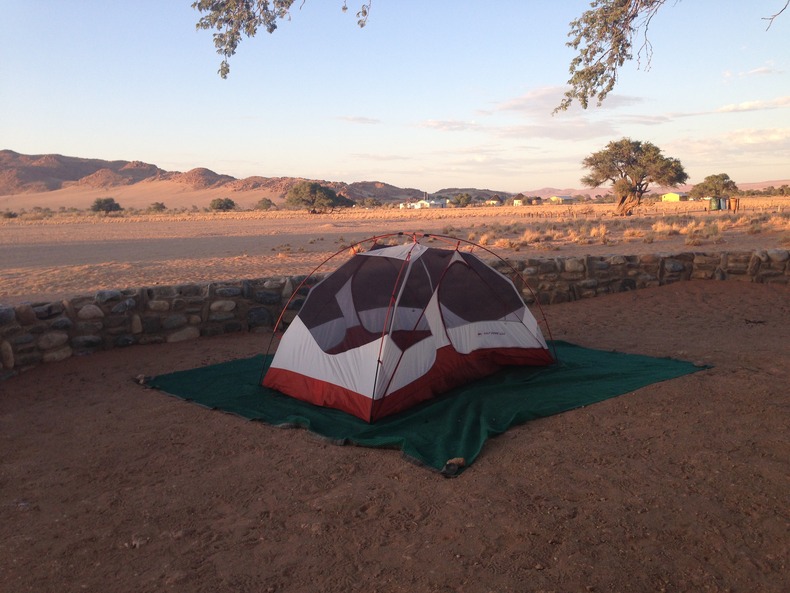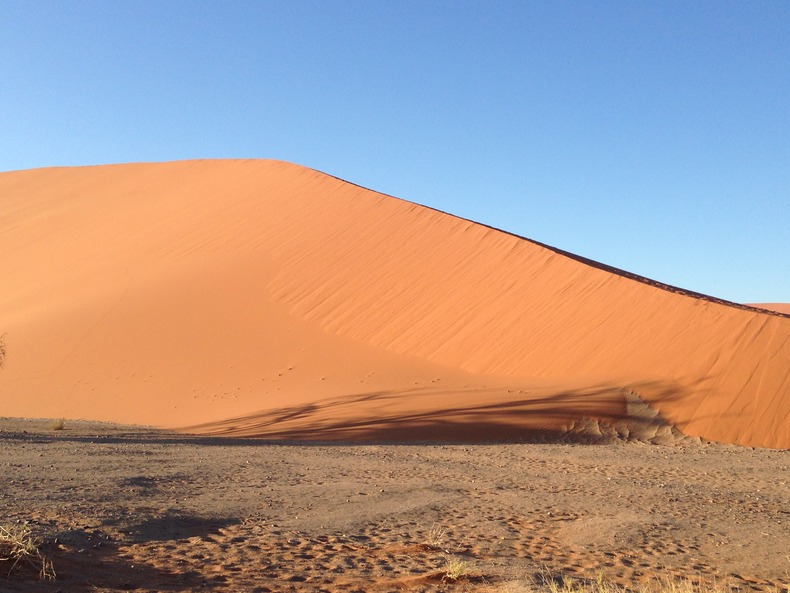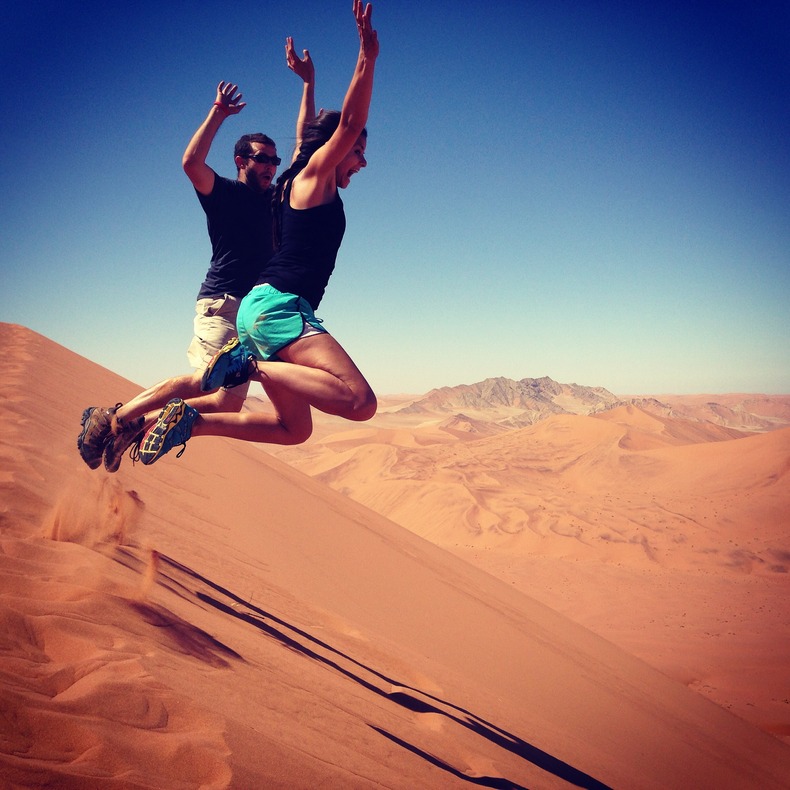This article was written by Drew Aiken with contribution from Heidi Stockhaus. Most of these photos were taken by Andrew and I (see Drewmibia.smugmug.com for more!).

View from the top of Big Daddy
Last weekend, we traveled with some friends, Heidi and Hanna, to Sossusvlei in the Namib Desert. Since it’s a five hour drive from Windhoek (and because it is so dangerous to drive at night due to the risk of hitting large animals), we left right away after work on Friday. In Namibia, most places of business close at 13:00 on Fridays which is pretty wonderful. After driving for awhile we realized we had forgotten a tent, which is sort of an essential for desert camping, so we had to turn back. This was fine except this meant that we would have to drive after dark, a time when the Namibian roads are taken over by Oryx, Springbok and other creatures. Several appeared right in front of our car, strolling nonchalantly on the desolate road. There are also game fences on the gravel roads and you CANNOT see them in the dark. The fences do not have any reflectors. We nearly took one out but luckily stopped the car just in time.
We arrived to the Sesriem campsite eventually, a bit shaky from the adventure, and proceeded to set up the campsite.
A photo of our campsite, taken the second night when we arrived before dark
The next morning we woke up at 3:30 am to ensure that we would catch the 5:30 sunrise. As we left the camp site, we were accompanied by a small pack of 4x4s venturing toward Dune 45—some were especially anxious to get there and sped through the night’s final darkness toward the iconic dune. We all arrived at about the same time and hiked up the dune in a single file line,except for a few overly-aggressive individuals who sprinted to the top to beat everyone else. Finally, we all sat on the ridge like chickens on the roost waiting for the sun to break past the horizon. It would probably be quite entertaining to stand below and watch a group of people from different corners of the world do this morning ritual.
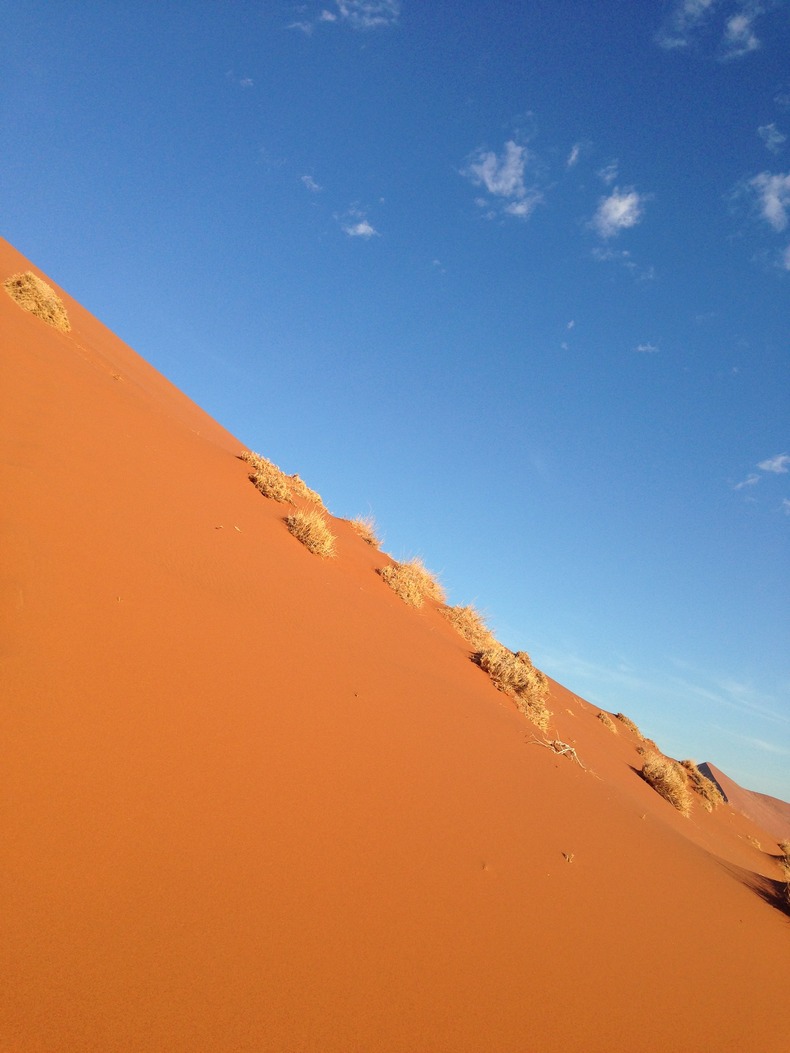
Photos of Dune 45
To get to the other dunes we had to venture off the roads and drive on the sand and Andrew had the pleasure of driving this portion. When driving through sand where there are tracks, you have to sort of just let the car go where it wants to. The car will jerk side to side a and you have to just let it. Not the best type of driving for control freaks I suppose. Luckily we did not hit any foreign objects lying in the sand, such as a 2x4 with a large nail through it, pointing upward that had been left directly on the path (who would leave this in the middle of the desert?).
There is something quite pleasing about the vast emptiness and silence in Namibia. As the second least densely populated country in the world (to Mongolia), peacefulness is not difficult to find almost anywhere in the entire country, but this is especially true in the desert. The emptiness amplifies the beauty of Sossusvlei where the vibrant red sand dunes provide a stark contrast against the bright blue sky. The sun-blackened Acacia trees are frozen in time on a white clay surface which was formed in a tile-like pattern, now in a valley between Big Daddy and several other enormous dunes. As Heidi noted, the Romans themselves could not have made a nicer floor here.

Photo of Deadvlei
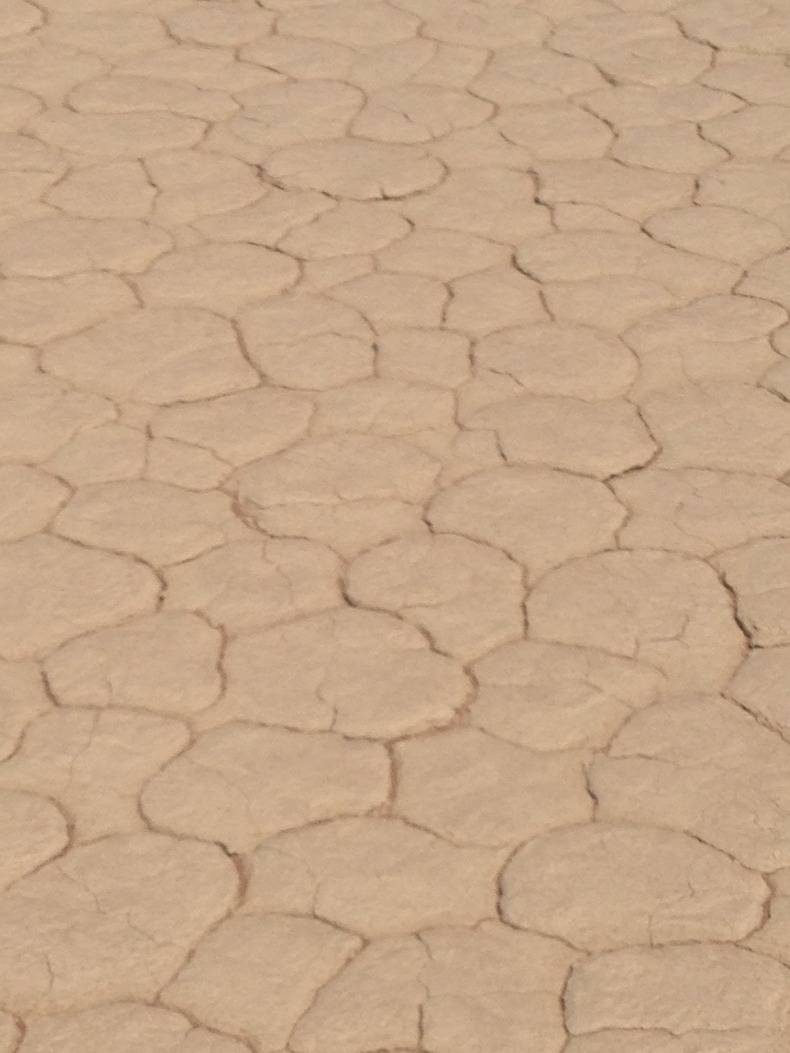
Photo of the white clay in Deadvlei
The definition of “Sossusvlei” is as follows: "sossus" means "a gathering place for water" in Nama and "vlei" is Afrikaans for "a shallow lake." This makes sense based on the history of the area.
The clay surface in Deadvlei formed when the Tsauchab river flooded and the presence of large amounts of water also allowed trees to grow and live temporarily. However, over time, sand dunes blocked the river from the area and the trees died, leaving the black 900-year-old skeletons that you see today. The trees make this area even more unusual looking next to the white clay, the dunes, and the sky.

Deadvlei
It took quite awhile to climb Big Daddy, which is the largest sand dune in Sossusvlei and rises to about 325 meters/1,066 feet,though the ridge climb is much longer. The climb was a bit painful even though this time we climbed up the ridge instead of climbing the face of the dune (like we did in 2010) which is basically a 1,000 foot wall of sand. Making the climb even more difficult is the harsh climate. December is one of the hottest months and Namibia is also one of the driest countries on earth. The African sun rises early, beating down on you every sandy step of the way. It seems that our bodies will never fully adjust to the dryness and extreme heat here and it does not seem POSSIBLE to drink enough water.
From Big Daddy you can look below and see Deadvlei (the white clay and dead black tree area, which I believe means “dead lake”). However, Big Daddy is so tall that it doesn’t look that impressive from above—it just looks like a large area of white ground and is much more interesting when you descend. From the top you can see far into the distance, making it well worth sweating your way to the top. It was also incredibly freeing to run down the face of Big Daddy.
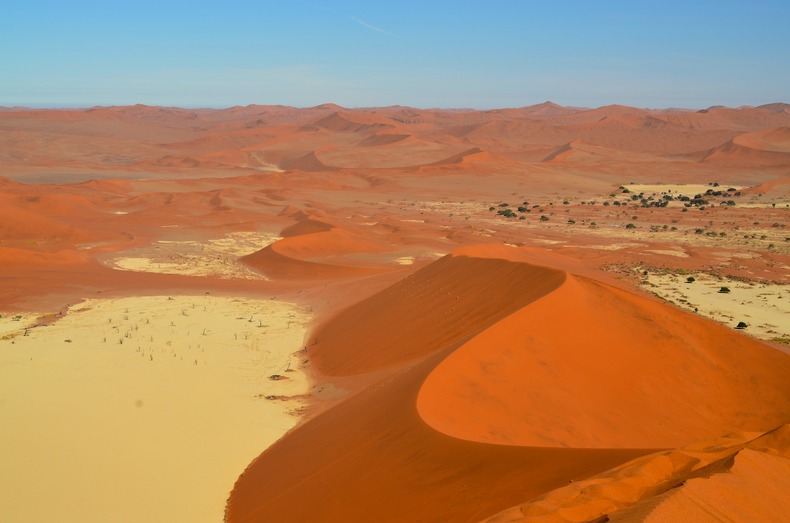
Photo from the top of Big Daddy, looking out over Deadvlei
Photo of Andrew and I jumping from the peak of Big Daddy
We were also lucky enough to see some animals up close (besides when we almost hit them in the dark) including Springbok, Oryx, Zebra and a Jackal (see photos below).

Photo of a Jackal

Some Oryx running from us
While the desert is the most extreme example of emptiness in Namibia, most of the country is also noticeably lacking in humans as compared to its size. Only about 2.2 million people live in Namibia and the country is about 318,259 square miles (about the size of France and Germany combined). The population density average, including the cities, is about 6-7 persons per square mile (the entire country’s average population density is similar to that of Montana and Wyoming).
Not too dissimilar from the desert, I often find myself walking the silent streets of Windhoek wondering where the people are--it completely clears out after dark. Hopefully they are somewhere enjoying the tranquility of their lovely country.
Living in the world. Humanitarian. Advocate for health, human rights and equality. Documenting experiences and observations.
